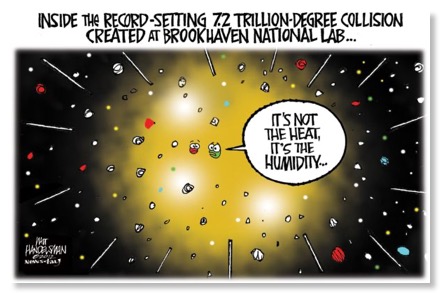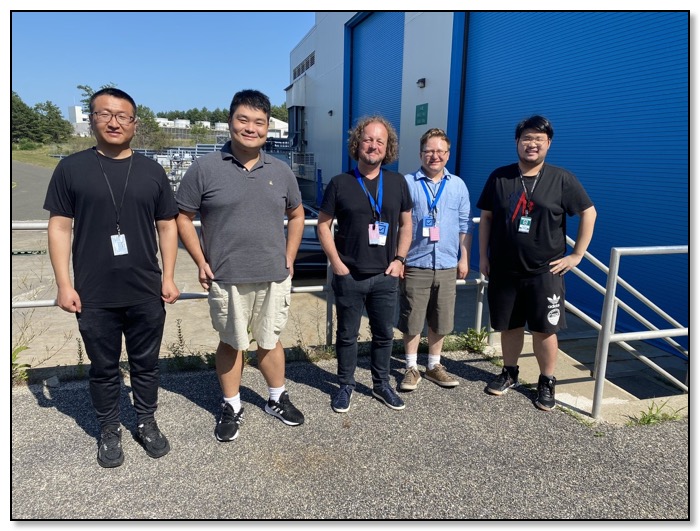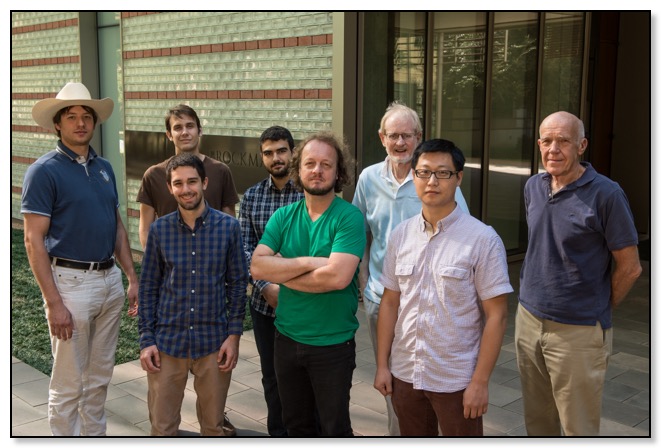The nuclear physics research group at Rice University studies the physics properties of heavy-ion collisions at the Relativistic Heavy-Ion Collider (RHIC) at Brookhaven National Laboratory. In the 15 years that the STAR detector has been operating at RHIC, we have learned that heavy-ion collisions at RHIC produce a 4-trillion-degree new state of matter called the Quark Gluon Plasma (QGP). In this state of matter, like the universe, a few millionths of a second after the Big Bang, the fundamental building blocks of nuclear matter behave as free particles. Investigating the details of these collisions in a laboratory setting is a direct study of the strong nuclear force's properties that govern the behavior of quarks and gluons. This strong force is described by the theory of Quantum Chromo-Dynamics (QCD). Discoveries in this field of research are also important to cosmology, the study of the early universe, and condensed-matter physics.

We are currently studying in detail the transition between a QGP and ordinary matter, in which quarks and gluons are bound into protons and neutrons that make up the atom's nucleus. We study fundamental symmetry properties of matter that appear broken in ordinary nuclear matter but are expected to be restored in a QGP. We use electrons and muons that are immune to the QGP as they pass through it to probe the early temperatures of the collisions. Measuring the yields of pairs of electrons, muons, and their associated antiparticles will provide information on particle formation rates early in the collisions and the lifetime of these hot and dense systems.
Our research focuses on measuring specific types of quarks flavors. There are six types, “flavors,” of quarks. The two lightest quarks make up ordinary matter. The heavy quark flavors are only found at high temperatures, such as those produced in heavy-ion collisions. We identify particles containing these heavy flavors to probe the initial conditions in the collisions. Measuring these particles provides information about energy loss traversing a QGP and further refines our understanding of QCD and the behavior of nuclear matter under extreme conditions.

2021 group picture taken in front of the STAR assembly hall at Brookhaven National Lab. From left to right: Zaochen Ye, Yiding Han, Frank Geurts, Isaac Upsal, and Chenliang Jin (not on this picture: Geary Eppley, Jaanita Mehrani)

2016 group picture. From left to right (back): David Tlusty, Joey Butterworth, Mohammed Shobaki, Jay Roberts;
(front): Daniel Brandenburg, Frank Geurts, Kefeng Xin, Geary Eppley



